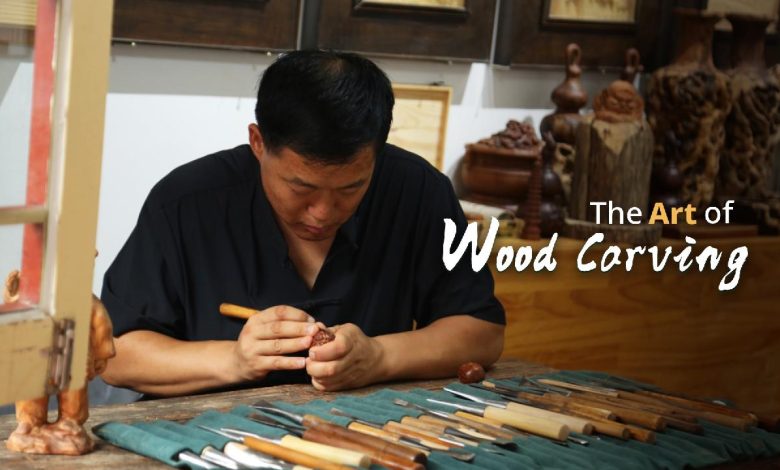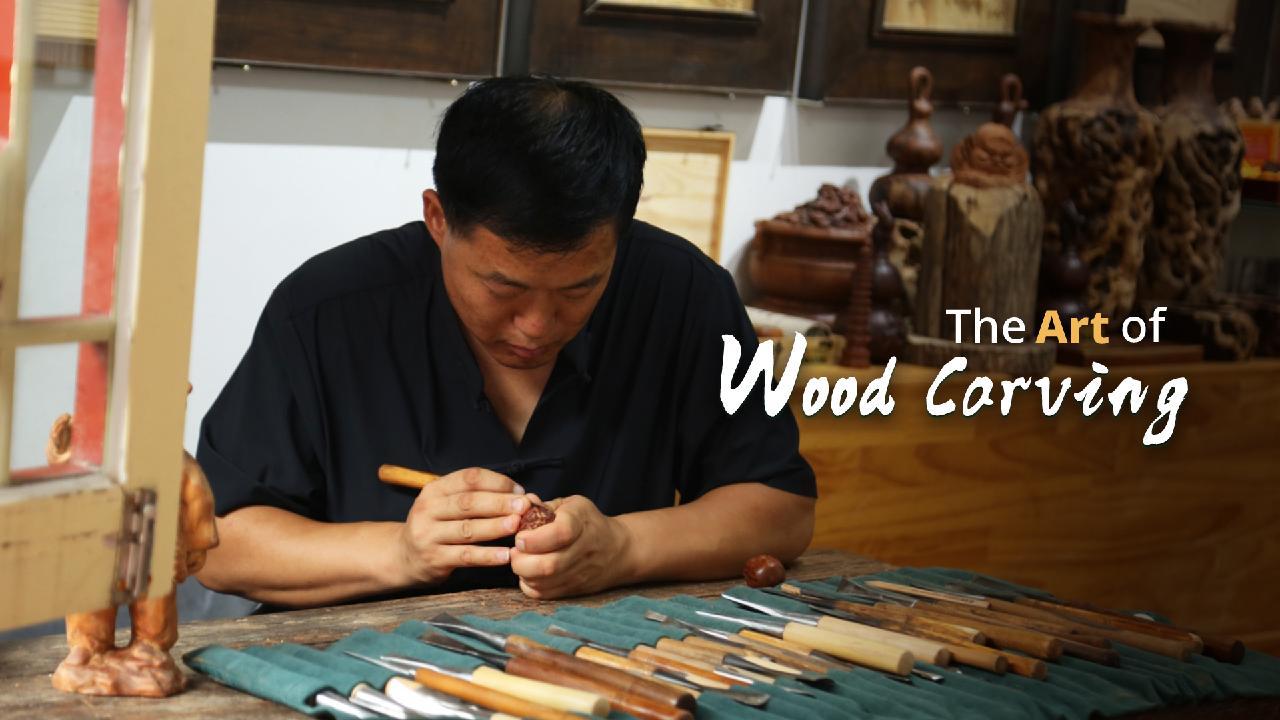Intangible cultural heritage: The art of wood carving


Yang Yanfei, a master of jujube wood carving, has dedicated his life to preserving and innovating this traditional craft.
Growing up in Yulin, northwest China’s Shaanxi Province, where jujube trees have been cultivated for over 3,000 years, Yang developed a deep connection to these trees. Many Yulin people made a living by selling jujubes in the past, he said.
Yang started jujube wood carving at the age of 16. Jujube wood, known for its firmness and unique and twisted shapes, makes it particularly challenging for artists to work with, he said.
To carve a product, Wang would first observe the shape of the tree and think about what it looks like. He would retain the natural form of the wood to capture its value. The second step is to brainstorm what characters could be made out of the wood. Yang combines traditional skills with creativity. Drawing inspiration from daily life, his creations often include Shaanxi people in traditional costumes singing folk songs. At the same time, his work also meets the practical needs of today’s customers with items like combs and hairpins.
Facing challenges in passing down this ancient craft, Yang believes that innovation is essential for its survival. He encourages the younger generation to not only inherit the skills but also to adapt them to modern demands, ensuring the legacy of jujube wood carving endures.
Videographer: Hu Rui
Cover photo shot by Chen Hongyu, designed by Huang Ruiqi





